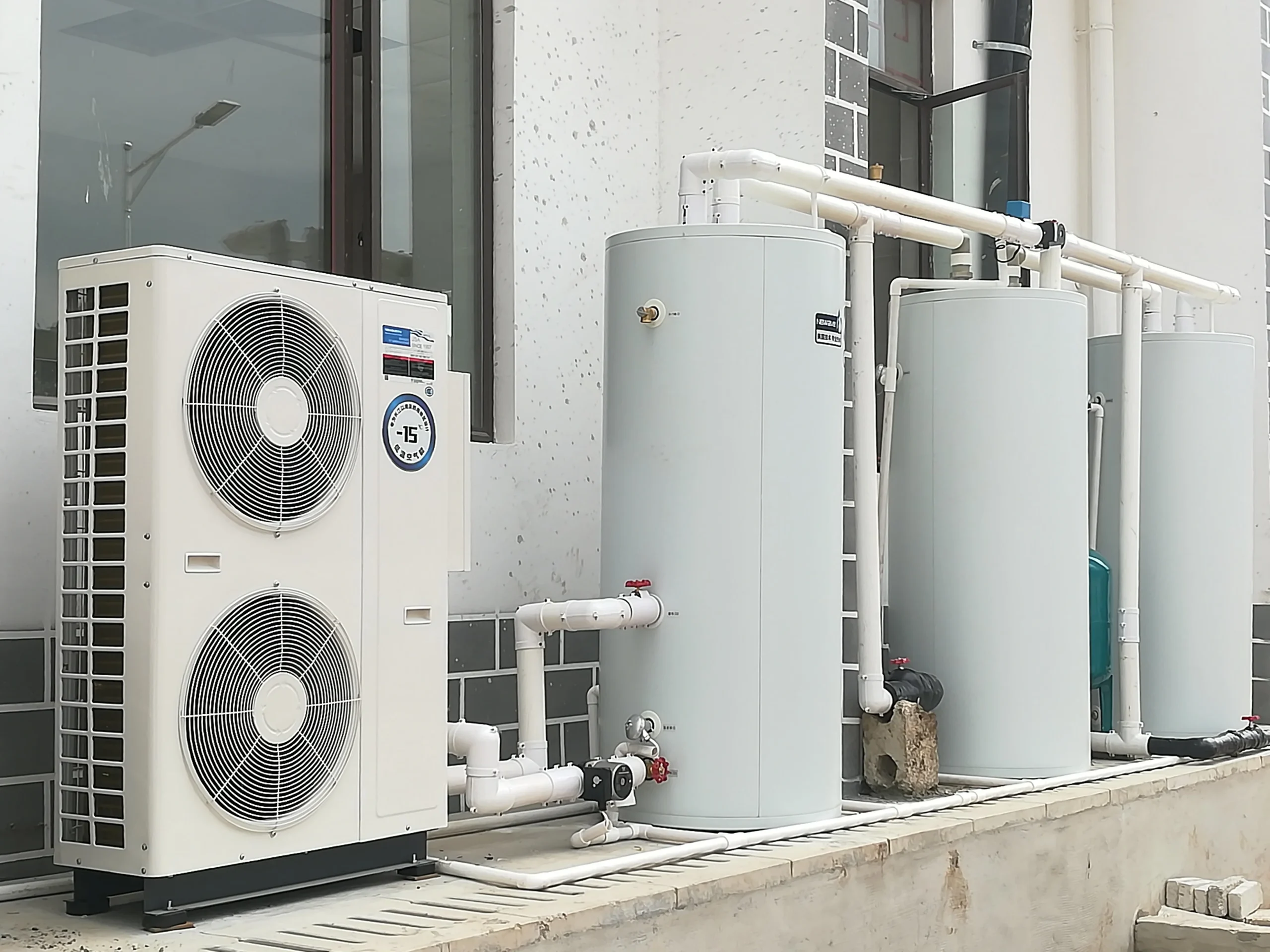Let’s be honest—water heaters aren’t exactly the flashiest home appliances. But when your shower turns icy mid-lather, or your energy bill spikes like a summer heatwave, suddenly, they’re all you can think about. That’s where hybrid water heating systems come in. They’re like the Swiss Army knife of hot water: versatile, efficient, and surprisingly clever.
What Exactly Is a Hybrid Water Heater?
Imagine a traditional tank water heater and a tankless heat pump had a baby. That’s a hybrid. It combines the storage capacity of a tank with the energy-smart tech of a heat pump, pulling warmth from the surrounding air (yes, even cold air) to heat your water. The result? Up to 3x more efficiency than standard electric models.
How Hybrid Systems Work (Without the Physics Lecture)
Here’s the deal: instead of generating heat directly, a hybrid system moves it. Think of it like a sponge soaking up water—except it’s soaking up ambient heat from the air, compressing it to raise the temperature, then transferring it to your water tank. Even at 40°F, there’s enough heat in the air to make this work. Neat, right?
Top Energy-Efficient Water Heating Options Compared
Hybrids aren’t the only players in the efficiency game. Here’s a quick rundown of your options:
- Heat Pump Water Heaters (Hybrids): 60-70% less energy than conventional electric tanks. Best for moderate-to-warm climates.
- Tankless (On-Demand) Heaters: Endless hot water but higher upfront costs. Gas models save ~30% over tanks.
- Solar Water Heaters: Ultra-efficient where sunny, but backup systems are a must.
- Condensing Gas Heaters: For homes with natural gas, these capture waste heat for ~95% efficiency.
Hybrid vs. Tankless: The Showdown
| Feature | Hybrid | Tankless |
| Upfront Cost | $1,200–$2,500 | $1,000–$3,500 |
| Lifespan | 10–15 years | 20+ years |
| Energy Savings | Up to 60% | 24–34% |
| Space Needed | Like a traditional tank | Wall-mounted, compact |
Hybrids win for sheer efficiency, but tankless lasts longer. Your call.
Why Hybrids Are Having a Moment (And It’s Not Just Hype)
With energy costs doing their best impression of a rollercoaster, hybrids hit a sweet spot. They qualify for federal tax credits (up to $300 in 2024), and some utilities throw in rebates too. Plus, they dehumidify the space they’re in—a bonus for basements or laundry rooms.
The “Buts” You Should Know About
No system’s perfect. Hybrids need:
- Space: At least 1,000 cubic feet of air around them (no cramped closets).
- Moderate temps: Below-freezing climates? You’ll need a backup resistance mode.
- Quiet… but not silent: The compressor hums like a fridge.
Installation Tips: Don’t Skip This Part
Here’s where DIYers should pause. Hybrids often need:
- An electrical upgrade (240V outlet).
- A condensate drain (they produce water like AC units).
- Professional sizing—oversized tanks waste energy.
Pro tip: Install near a heat source (furnace, dryer) to boost efficiency.
The Future of Hot Water? It’s Smarter Than You Think
New models sync with smart grids to heat water when electricity’s cheapest. Some even learn your habits—like prepping for your morning shower before the alarm goes off. It’s not just efficiency; it’s elegance.
So, is a hybrid system right for you? Well, if you’re tired of choosing between scalding or shivering—and paying too much for the privilege—it might be time to listen to what that hum in the basement could do for you.

